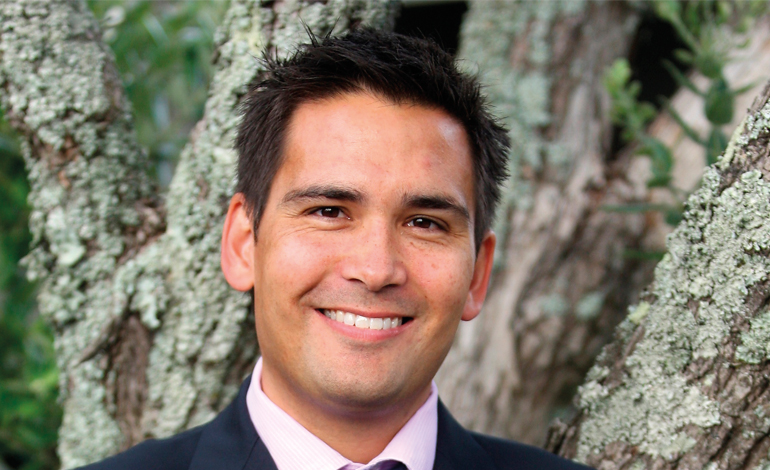Simon Bridges, Minister of Transport
THE GOVERNMENT continues to deliver record levels of investment in our transport infrastructure, while making sure we are ready to adopt the radical technologies that are emerging in almost every aspect of transport.
During 2016 we retained our focus on developing our infrastructure network, while strongly addressing the transport challenges facing Auckland, and looking to the future.
Investing in infrastructure
Excellent progress is being made on the Roads of National Significance, which improve connections between centres of production, processing and export. In November 2016, construction began on Stage 2 of the Christchurch Southern Motorway and the Christchurch Northern Corridor. Construction will soon get underway on the Puhoi to Warkworth motorway north of Auckland, the second land transport project to be delivered by Public-Private Partnership.
Of the 54 projects in the Urban Cycleways Programme, 10 have been completed, and as at 30 September, 15 were underway. Cycling is an increasingly popular way to get around – and this record investment in cycling infrastructure demonstrates our commitment to making cycling a more attractive and safer transport choice.
Safety accounts for a large proportion of our transport investment. We spend hundreds of millions of dollars each year on physically making roads safer – with median barriers, rumble strips and wide shoulders – and on advertising and education campaigns to encourage the sort of behaviour we need to keep the road toll down.
Earlier in 2016 the government announced the Safer Roads and Roadsides programme, which is allocating $600 million for safety improvements. More than 90 high-risk sites on rural State Highways across 14 regions will undergo safety improvements, and this package includes nearly all high-risk roads where there have been five or more fatalities in the past five years.
Technology in the fast lane
Changing technologies offer huge potential for both safety and efficiency, allowing fewer vehicles to transport more people and freight, while reducing or removing the potential for human error.
I am convinced that new technologies – including ones that haven’t even been imagined yet – will change the way we think about, need and use our transport system.
Electric vehicles (or EVs) are one example of how once-futuristic technologies can rapidly become popular. In 2016, the Prime Minister and I launched the government’s Electric Vehicles programme, and the number of EVs registered in New Zealand has more than doubled.
The government has a goal of continuing this growth rate over the years ahead, and we are actively encouraging people to make the switch to EVs. Already the programme is supporting a nationwide public charging network, creating an exemption from Road User Charges for electric heavy vehicles, and creating a contestable fund to encourage and support innovative low emission vehicle projects.
Alignment in Auckland
Technology has strong potential to address Auckland’s unique transport challenges, but other improvements can also ease the pressure on the city’s transport network.
September brought the end of the 12-month Auckland Transport Alignment Project (ATAP), with a recommended strategic direction that emphasises an integrated approach, including a better balance between transport demand and the capacity of our infrastructure and services.
For the first time, ATAP has seen central and local government agree on the major transport challenges facing Auckland, and the priorities for addressing them. ATAP also identified a number of additional investments over the next decade that focus on addressing Auckland’s most significant transport challenges. Some of the greatest projected improvements are in West and South Auckland, which are projected to grow rapidly as up to 700,000 people move into the region over the next 30 years.
One of the flagship transport projects that will help address this future demand is the City Rail Link. A Heads of Agreement signed between the government and Auckland Council in September reflects our commitment to CRL, and the Crown will provide up to 50 percent of funding once a Sponsors’ Agreement is signed.
The year ahead
Looking forward, the government will continue to deliver infrastructure that meets New Zealand’s current and future transport needs.
In 2017, a new Government Policy Statement will set out our land transport investment priorities from 2018-2021. In addition to being a strategic document, the GPS sets out the spending envelopes for different types of activity, guiding the NZ Transport Agency in preparing the next National Land Transport Programme.
The projects scheduled for delivery over the next few years will bring significant benefits for passenger and freight transport, better connecting us with each other, and with the world.


Parting words from Jeremy Sole- a final column